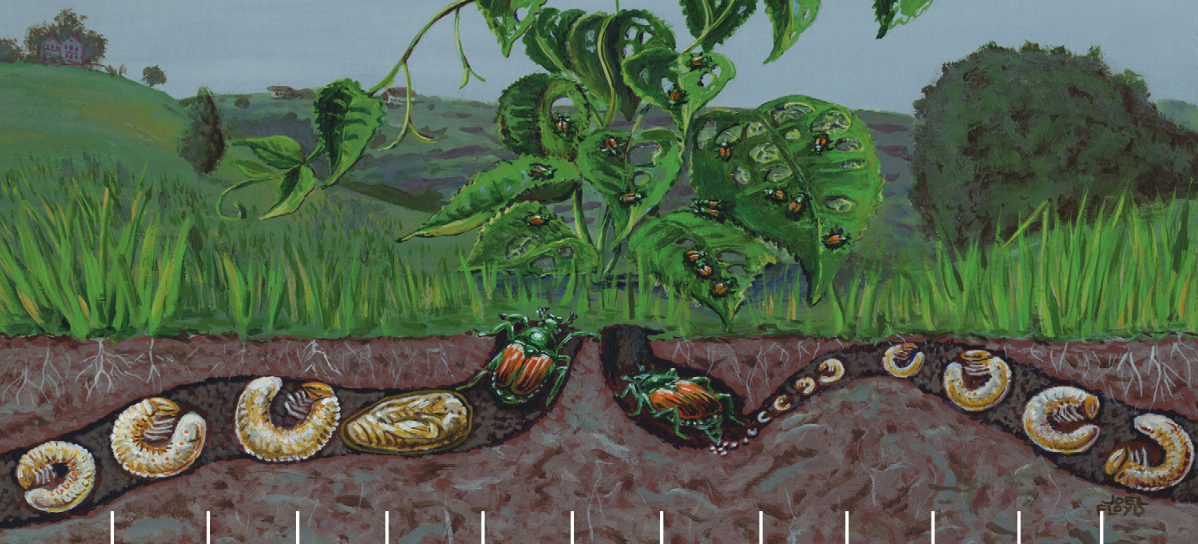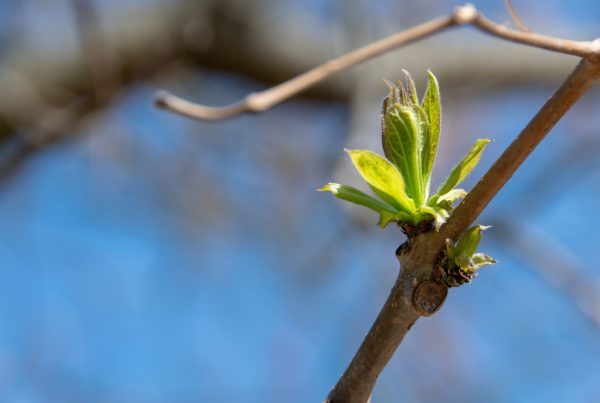The Summer of 2017 has been a busy one for tree experts tracking Japanese beetles, and this year the pests have left behind quite a path of destruction in Southeast Wisconsin.
Do you have rose bushes, linden, crabapple, or birch trees? Japanese beetles show up when the temperature rises from mid-June to August, feeding on these trees and nearly 300 kinds of plant species.
Signs Japanese beetles may have paid a visit:
- Tree canopies are less than full and many leaves have fallen to the ground
- Leaves are “skeletonized” or brown in color with a lace-like pattern. This may mean the Japanese beetles have chewed through the leaf tissue between the veins, making trees more vulnerable to disease.
- Trees that are unsightly or in an obvious state of distress.
Insecticide treatments in the soil can protect foliage, and sprays may decrease Japanese beetle population, but follow-up and inspections are required to curb the problem.
A professional arborist is the best resource to confirm a diagnosis of Japanese beetles. Contact American Tree Experts for a consultation. We’ll recommend a plan for optimum plant health care.




